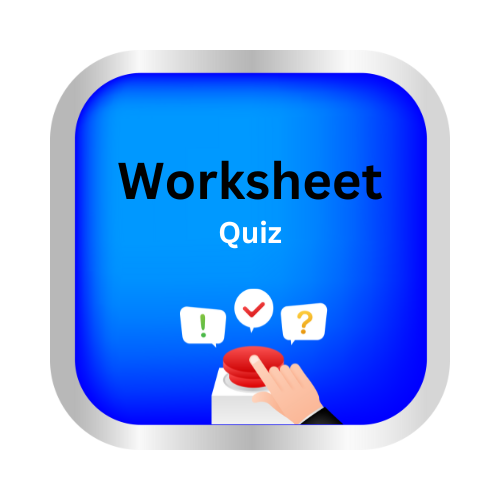Write and solve equations that represent diagrams
| What Does It Mean? |
Sometimes math problems show pictures, diagrams, or models instead of words.
Your job is to:
- Understand what the diagram is showing.
- Write an equation that matches the diagram.
- Solve the equation to find the unknown value.
| Why Is This Important? |
- Helps you connect visual information to mathematical expressions.
- Improves problem-solving skills for real-life situations (like maps, shapes, or patterns).
- Makes equations less abstract and easier to understand.
| Steps to Write and Solve Equations from Diagrams |
Step 1: Study the diagram carefully
- Identify what is known (numbers, labels, lengths).
- Identify what is unknown (often marked with a letter like x).
Step 2: Translate the picture into math
- Addition if parts are put together.
- Multiplication if equal groups are shown.
- Subtraction if something is taken away.
- Division if something is split into equal parts.
Step 3: Write the equation
- Use symbols (+, –, ×, ÷) and variables to match the diagram.
Step 4: Solve the equation
- Use inverse operations (undo the math) to find the unknown.
- Keep both sides of the equation balanced.
| Examples |
Example 1: Equal groups
Diagram: 3 bags each with x apples = 18 apples in total.
Equation: 3x=18
Solution: x=18÷3=6
Answer: Each bag has 6 apples.
Example 2: Shape perimeter
Diagram: Rectangle with length = x cm and width = 4 cm, perimeter is 18 cm.
Formula: P=2L+2W
Substitute: 18=2x+2(4)
18=2x+8
2x=10
x=5
Answer: The length is 5 cm.
Example 3: Balance scale diagram
Diagram: Left side has 1 box and 3 marbles, right side has 7 marbles.
Equation: x+3=7
x=4
Answer: The box weighs 4 marbles.
| Key Tips |
- Always define the variable (e.g., “Let x be the number of…”).
- Check your answer in the diagram to make sure it works.
- Diagrams often hide simple patterns — look for equal groups or matching parts.
| Practice Problems |
- A triangle has a base of 8 cm and height x cm. Its area is 32 cm². Find x.
- Two identical books and 5 pens cost ₹95. One book costs ₹35. Find the price of one pen.
- A balance scale shows 2 boxes and 3 coins on the left, and 9 coins on the right. Find the weight of 1 box in coins.
Learn with an example
Write an equation that says that the length of the green line is equal to the length of the black line. Combine like terms.

equation : _______
We want to replace both sides of the equation below with numbers and variable expressions:
length of green line=length of black line
The length of the green line is 30.
The black line is the sum of its segments, so:
length of black line=3g + 2g + g
=6g
Putting these together gives:
30=6g
Write an equation that says that the length of the green line is equal to the length of the black line. Combine like terms.

equation : ______
We want to replace both sides of the equation below with numbers and variable expressions:
length of green line=length of black line
The length of the green line is 12.
The black line is the sum of its segments, so:
length of black line=v+3
Putting these together gives:
12=v+3
Write an equation that says that the length of the green line is equal to the length of the black line. Combine like terms.

equation : _____
We want to replace both sides of the equation below with numbers and variable expressions:
length of green line=length of black line
The length of the green line is 41.
The black line is the sum of its segments, so:
length of black line=2f+5
Putting these together gives:
41=2f+5
let’s practice!

